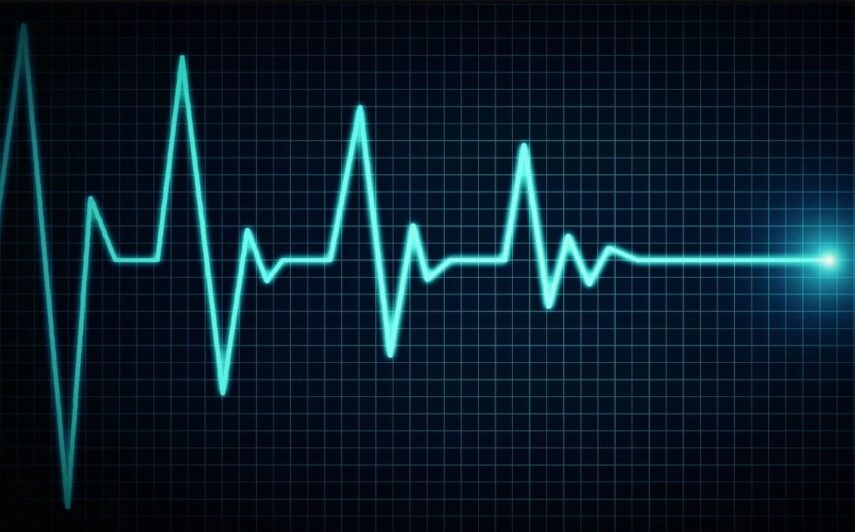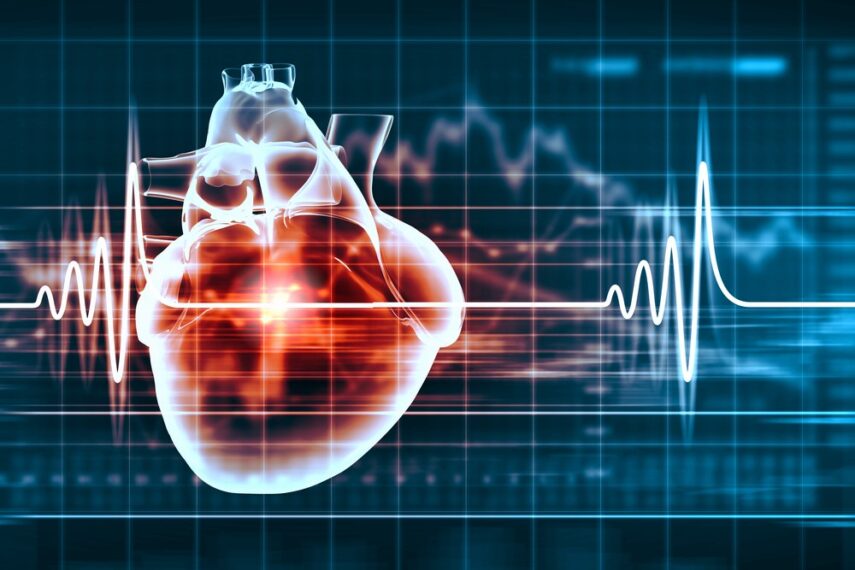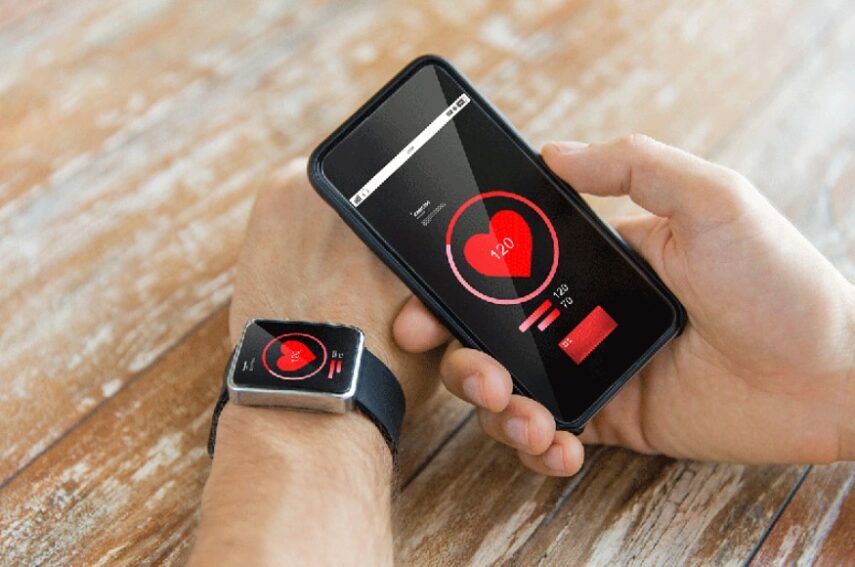Generally speaking, when thinking about changing their lifestyle to improve their physical well-being, most people turn to currently popular diets and exercises. One needs to start somewhere, right? There is nothing wrong with this, but there is something they forget to consider – their body’s response to this new lifestyle.
When embarking on this journey, one needs to understand whether those changes actually help them or not. They start losing weight, so it must be alright. This isn’t necessarily true, and it is when HRV comes in. If you are thinking about changing your current habits and adopting new ones, here is everything you need to know about heart rate variability.
What is HRV?

In a nutshell, HRV is a time interval between heart rates. Many people aren’t aware of this, but HRV differs every time. Naturally, we are talking about milliseconds here, but for example, it is shorter when you inhale and longer when you exhale. Numerous things, such as diet, stress, hormones, fitness intensity, metabolism, quality of sleep, and so on, can affect your HRV. You are probably wondering why this is important for you.
Well, HRV has been used for decades now to assess and monitor one’s health. For example, low heart rate variability can indicate diabetes or high blood pressure. It is also crucial for professional athletes since it tells them if their training sessions are too intense and if they need to give their bodies time to recover.
How to measure HRV?

Now, there are several methods used to track heart rate variability. ECG technology is probably the first thing that comes to your mind. After all, it is used by professionals to monitor your heart rate. However, you would have to use complex machines, monitors, and electrodes to get an accurate reading. This is why this method is only used in doctor’s offices.
Nevertheless, due to the technology development, there is a similar method you can use from the comfort of your home. We are talking about Polar devices. Basically, you secure a heart rate strap around your chest and activate it to transmit the data to your smartphone.
Then, you need to install a separate app that analyzes the data. To get an accurate reading, you need to track the HRV in the same position and at the same time every day because the device takes ‘snap shots’, meaning that even the slightest change inconsistency can impact the HRV numbers.
On the other hand, there is an easier method, and it is PPG. It ensures the same accuracy as ECG and Polar, but it uses a pulse oximeter instead of straps and electrodes. It is a device that determines heart rates and oxygen saturation via light beams.
Using this device is super easy because all you have to do is put it on your finger. How does it work? Well, every time your heart beats, the blood volume near the skin surface changes. When you use a PPG device, it takes a video of these changes, and therefore, it tracks your heartbeat and HRV.
HRV measuring devices

Previously, we told you about some techniques used to monitor HRV, and now, we are going to tell you about the devices you can use. When it comes to this, nowadays, you have multiple options. You can go with a more traditional chest strap, or on the other note, choose a watch, fitness tracker, armband, and even the camera on your smartphone. Nevertheless, keep in mind that these devices usually track your heart rate and not HRV.
This means that you will need to install an additional app. When exploring the best HRV monitors, don’t forget to make sure that it is compatible with the app you intend on using, and you can click here to learn more about these and also about some additional features you should put on your list of requirements.
How to improve HRV?

Now that we have provided you with some essential details regarding the importance of these time intervals and how to measure them, we have to give you some tips on how to improve them. As already mentioned, if your HRV is too high or too low, it can be an indication of numerous health conditions. Naturally, your goal is to prevent these from occurring, and here is how you can do it.
First of all, hydration and a healthy diet are of vital importance. When it comes to the former, the more liquid you have in your body, the better your circulation will be. It is the number one reason why hydration is significant, and it is also the easiest way to boost HRV. For the latter, it isn’t only about the types of food you eat. Naturally, you should avoid junk food and focus on fresh fruits and veggies, fish, nuts, etc. However, the eating pattern can also play a significant role.
Furthermore, while on the subject of eating patterns, did you know that it can also affect sleep quality? According to professionals, you shouldn’t eat at least 3 hours before going to bed. This way, your body will be able to focus on resting and recovering instead of digesting. Since sleep is also a significant factor that can affect HRV, you should try to adopt a sleeping schedule. In addition, don’t use your smartphone or any other electronic device before bed.
Finally, be careful when planning your physical activity routine. Yes, you need to push your body during every session a bit because otherwise, you wouldn’t achieve too much. Nevertheless, this doesn’t mean you should go with exercises that are too strenuous.
Do you remember when we said that athletes carefully monitor their HRV? It is the easiest way to understand whether they are overtraining themselves and if their body needs time to rest and recover. The same rule applies to you too. It doesn’t matter if you are an amateur and only go to the gym a few times a week. You should still measure these time intervals to discover the effects exercising has on your body.







